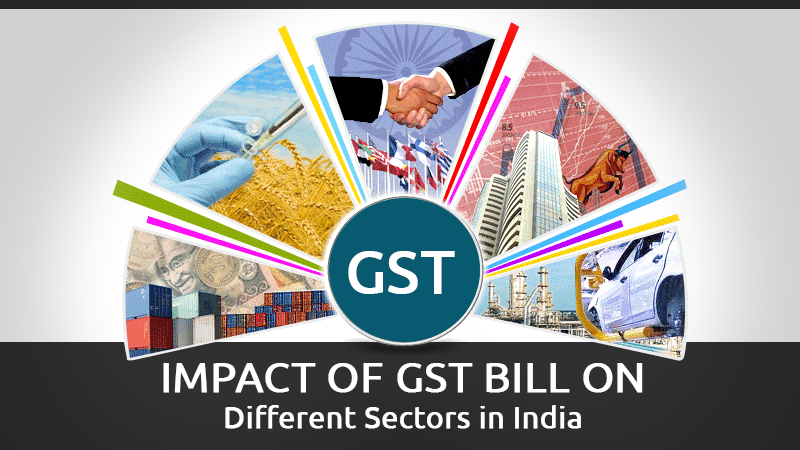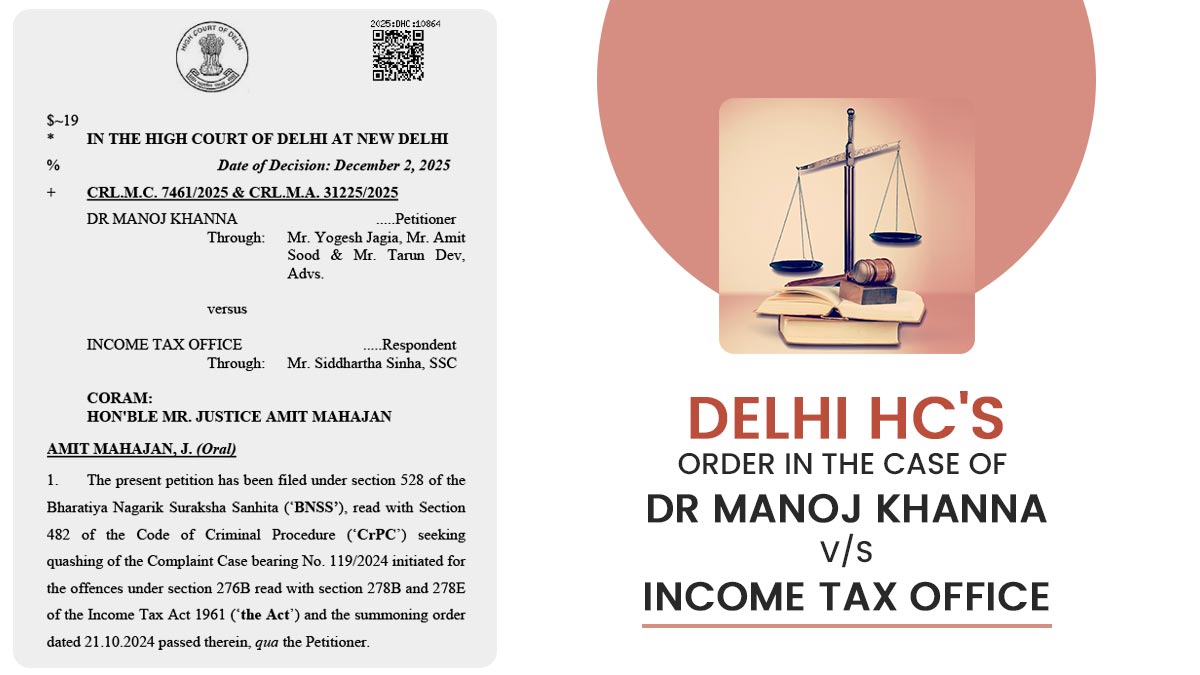After a very long GST Debate with enormous talks going on again and again in the parliament, Lok Sabha and Rajya Sabha. The much-awaited GST Taxation has been implemented in India from 1st July 2017. Earlier, Indian business units were running with a basic indirect tax scheme, which included various steps and channel gates that a taxpayer had to undergo.
Some of the Categories Which are not Assimilated in the GST Context
Tax on consumption and sale of electricity, Stamp duty and customs duty, amusement tax levied, etc and collected by panchayat /municipality/district council, Petroleum products
There are some common objectives which are aimed at by GST:
- Making the Value chain more strong to ensure the availability of input credit.
- To put control over extra taxation schemes.
- Making the process of tax administration and compliance.
- Putting administration procedures, tax base, and laws into a line.
- Cutting an extra number of tax slabs to avoid classification complexity.
- Putting all the states into an equal proportion.
- Increasing the tax base for strict adherence
There are still challenges post-implementation of GST, which are clearly understood by these points:
- It is very hard to assume what will be the exact impact of GST in the coming future.
- No proper channel gates for controlling the tax-evading parties.
- Mistakenly double registration could increase compliance and cost.
- Shortage of skilled staff
- Lack of adapting to the changes.
Recommended: GST Issues India: The Highly Talkative Topic in Parliament
Some of the Wise Impacts of GST:
IT and ITES
Earlier IT & ITES industry was paying 14 per cent of the tax to the authority and was subjected to 18 per cent after the imposition of GST. Also, an important point to notice here is that the long-disputed issue of canned software taxation will also come to an end, as there will be no difference between goods and services after the GST. The overall impact could be suggested here as neutral or slightly negative. More…
Telecom
In the earlier stage, the Telecom sector was paying 14 per cent of the tax to the governing body, but the scenario has shifted after the imposition of GST. The rate of tax under GST is 18 per cent, and the companies have passed the burden on the postpaid customers. There is also a lower input tax credit in this sector’s capex cost, as petrol and diesel are out of the scope of GST, the major input tax credit cannot be set off by this sector, and it remains deprived of seamless input tax credit flow, thereby increasing the overall cost of companies.
Overall, it seems that this regime will be negative to the industry, and the sector will also be in a state where they can’t pass all the tax burden to the consumers, especially their prepaid segment with lower ARPU. More…
Automobiles
Earlier, the automobile sector paid around 30 to 47 per cent of tax to the Indian government, which now ranges between 20-22 per cent, after the implementation of GST. And the overall cost-cutting for the end user is around 10 per cent. Transportation time should also be reduced as the checkpoints and octroi are cleared hands before. Overall, GST will bring a smile to the automobile sector. More…
Consumer Durables
This sector will typically be neutral or negative for the companies that were enjoying tax exemptions before and falling under any concessional tax bracket. On the other hand, it will be somewhat beneficial for the companies that were not exempted from any tax scheme before. The 7th pay commission will also give demand to the sector, and the warehousing will see a certain boost in their profitability by 300-400 bps.
FMCG
Here again, the scenario will be either neutral or negative for those companies that fall under any concessional tax bracket or take some kind of exemption. The companies that are likely to get any benefit would be Havells, Blue Star, Bajaj Electricals, Symphony, Hitachi, etc.
The FMCG sector is also taking big steps in consolidation with the GST and has been working around the clock to meet the deadline of the GST. GST has benefited this sector the most, as after GST a huge growth has been witnessed in consumer durable goods due to the rapid adoption of e-commerce techniques, digitalisation and increased competitiveness in the market.
After GST, the distribution costs of products have lowered due to the seamless flow of input tax credits to end consumers. With the introduction of the E-way bill and the abolition of checkpoints, the logistics cost has been reduced significantly. Due to the fast growth of the economy, the foreign investors are also attracted to invest huge capital in this sector, thereby strengthing the market growth.
Jon Moeller, P&G CFO, told investors. “I have got a lot of evidence we can win in China and India, the two biggest markets that are now starting to grow and growing at an accelerating pace as we go through the fiscal year.”
Furnishing and Decor
Earlier, the sector pays above 20 per cent of its share to the tax authority, and the organised sector composes 65-70 of the total. The main agenda is to minimise the tax liability of both organised and unorganised sectors and to give more opportunities to the organised sector to be more loyal to the tax authority.
Logistics
By understanding the sector, the findings are in the pocket of organised players, as many unorganised players evade tax, therefore creating a cost gap. After the implementation of the GST, the organised players get cost-effectiveness and would enjoy the benefits of a large set-up. Also, the interstate flow of goods would accelerate the demand for more services of logistics.
The introduction of the E-way bill on 1st April 2017 is a big step in the growth of this sector. With the introduction of the E-way bill, logistics costs have come down significantly, and the Indian economy has moved forward towards the digital economy. The idea is to lower the black market and smuggling prevailing in the country and to bring transparency. More…
Agricultural Sector
The Goods & Services Tax (GST) is a tax system in India that has had an impact on different areas of the economy. One of the significant areas that it affects is agriculture, which is a crucial part of India’s economy, accounting for around 16% of the country’s Gross Domestic Product.
The main concern of the agricultural sector about GST is the transportation of agricultural products across different states in India. This can be a challenging task due to the varying tax rates and regulations in different states. However, the introduction of GST may help to simplify this process and create a national market for agricultural products.
Overall, the impact of GST on agriculture is seen as positive, as it has the potential to streamline the transportation of agricultural products and create new opportunities for farmers across the country.
Cement
In the earlier scenario, the cement sector is presenting 27 to 32 per cent of its share to the tax authority. After the rollout of GST, this sector has witnessed growth in various terms, like transportation by 20-25 per cent and in the warehouse scheme, as the rationalisation would be easy in terms of state-wise fragmentation and also in the transportation cost as reduced transit time. More…
Textiles/Garments
Earlier, the range was 6 to 7 per cent, which the sector is paying. According to industry sources, textile production was affected by about 3% to 4 % this year on account of GST. Exports have significantly increased after GST, as the refund on input tax credit is allowed to exporters instead of the earlier duty drawback schemes. Manufacturing costs have also been reduced as various taxes have been subsumed under GST, like Octroi, Entry Tax etc. More.
Pharmacy
Here, the impact could be neutral as the sector only shares 6 per cent of its share with the tax authority. The sector also avails the incentives in tax benefits on a location-wise. There are various concessional benefits and exemptions held for this sector, and these will extend till the expiry of the period. The implications of GST have reduced the logistics cost, and it would also try to look into the matter of inverted duty structure.
Metal
This sector is totally unknown from the imposition of the GST tax regime on it. But, the sector is earlier paying 19-21 per cent of tax to the tax body, with 4 to 5 per cent of VAT in a particular state, Excise duty of 12.5 percent and CST 2 percent with variable entry taxes in a particular state.
Gold
The Finance Ministry is in keen observation of the gold market and its upcoming moderations which can affect the whole line of trading after the goods and service tax implication in India.
The ministry is in a stressed situation, while feeling that a direct cut in the import duty imposed on the gold could have its effect on the gold bond schemes and can reduce their necessity, along with its viability.
The gold rate has been fixed at 3% under GST. This has clearly shown the intentions of the ministry that currently the authorities will not be cutting down import duties on gold.
Banking and Financial Institutions
The sector was paying 14 per cent in the earlier tax regime, but not on the interest part of transactions. After the GST was implemented, the tax horizon has expanded up to 18 per cent on fee-based transactions. Overall input expense of operations has increased and also hiked in the transactions of financial nature, such as loan processing fees, debit/credit charges, insurance premiums, etc. More…
Read Also: How GST Bill Will Benefit Startups & Small Businesses in India?
Energy Sector
The energy sector is crucial for the smooth functioning of any economy as it powers all business activities. However, if this sector is kept outside the scope of the Goods & Services Tax, it could negatively impact the rest of the economy. This means that the benefits that were expected to come from the introduction of the Goods & Services Tax may not be fully realised.
But eventually, as costs fall, the impact of the Goods & Services Tax is likely to even out. We don’t need to lower taxes to promote economic growth, so for now, the energy sector is not included in the sectors that benefit from GST.









